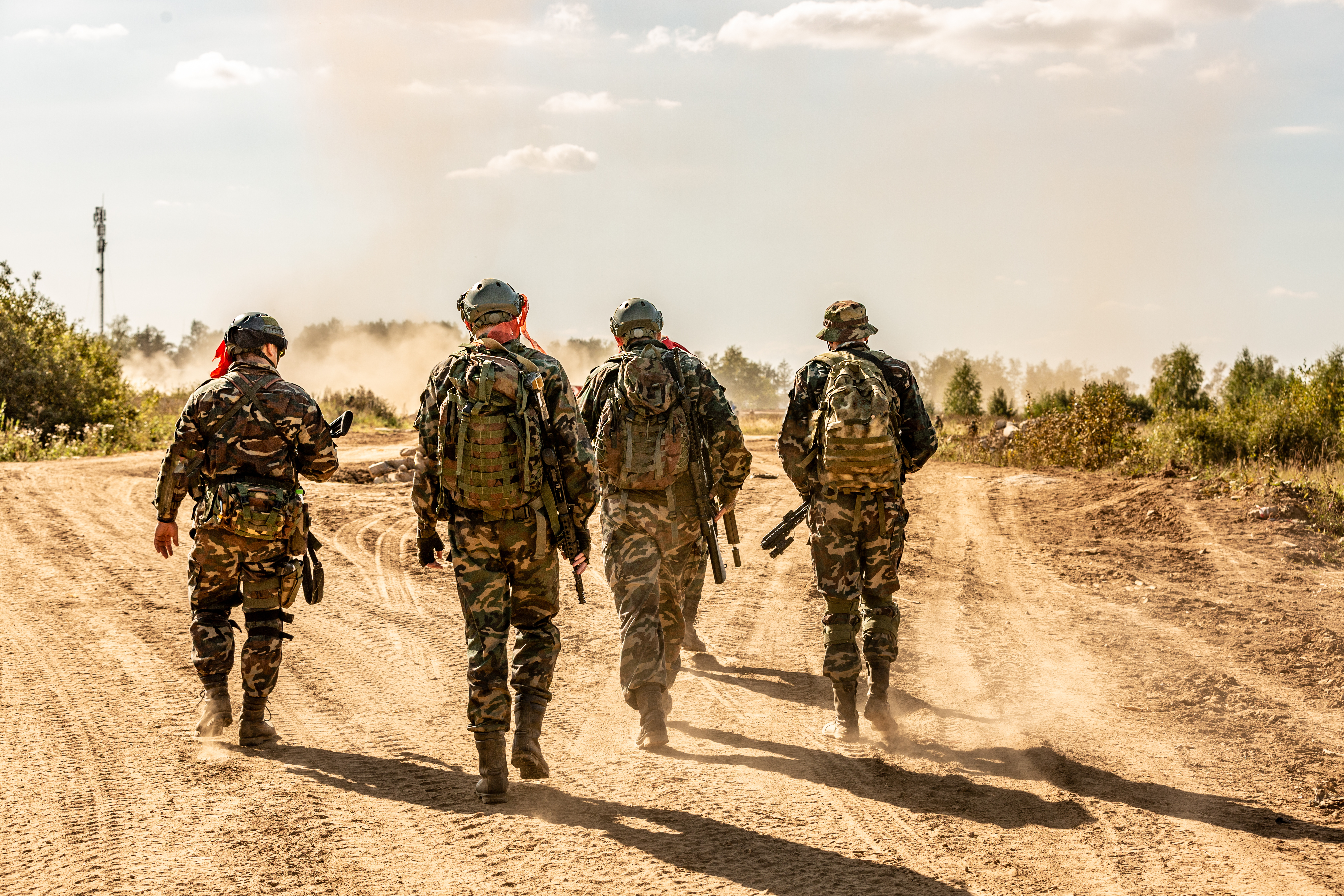Prevalence
This category contains information on the worldwide prevalence of schizophrenia, which refers to how many new cases there are per population in a specified time period, and how it varies across regions. It also contains information on prevalence in particular populations, including migrants, homeless people, prisoners, veterans and in males and females. Click on the links or the tabs below to access the information, or browse via the drop-down menu on the left.
Image: ©Andrey Popov – stock.adobe.com

Prevalence in children
We have not found any systematic reviews on this topic that meet the Schizophrenia Library’s inclusion criteria. Pending enough primary studies, we invite reviews on this topic to be conducted. Alternatively we will endeavour to conduct our own review to fill this gap in the Library. March 2022 Image: ©Brian Jackson – Fotolia – stock.adobe.com

Prevalence in elderly people
What is prevalence of schizophrenia in elderly people? Prevalence represents the overall proportion of individuals in a population who have the disorder of interest. It is different from incidence, which represents only the new cases that have developed over a particular time-period. Point prevalence is the proportion of individuals in a population who have the disorder at a given point in time, while period prevalence is the proportion of individuals in a population who have the disorder over specific time periods. Lifetime prevalence is the proportion of individuals in a population who have ever had the disorder and lifetime morbid…

Prevalence in forensic settings
What is prevalence of schizophrenia in forensic settings? Prevalence measures the proportion of individuals who have a disorder at a particular point in time (point prevalence) or during a specified period (annual prevalence, lifetime prevalence) and this may vary across regions. It is distinct from incidence, which refers to how many new cases there are per population in a specified time period. What is the evidence for the prevalence of schizophrenia in forensic settings? Moderate to high quality evidence suggests the overall prevalence of any psychotic disorder in prisoners is around 3.6%. There were higher prevalence rates in low- to…

Prevalence in homeless populations
What is prevalence of schizophrenia in homeless populations? Prevalence measures the proportion of individuals who have a disorder at a particular point in time (point prevalence) or during a specified period (annual prevalence, lifetime prevalence) and this may vary across regions. It is distinct from incidence, which refers to how many new cases there are per population in a specified time period. Lifetime prevalence is the number of individuals in a population that at some point in their life have experienced schizophrenia compared to the total number of individuals. What is the evidence for the prevalence of schizophrenia in homeless…

Prevalence in indigenous populations
We have not found any systematic reviews on this topic that meet the Schizophrenia Library’s inclusion criteria. Pending enough primary studies, we invite reviews on this topic to be conducted. Alternatively we will endeavour to conduct our own review to fill this gap in the Library. April 2022 Image: ©natalyon – stock.adobe.com

Prevalence in inpatients
We have not found any systematic reviews on this topic that meet the Schizophrenia Library’s inclusion criteria. Pending enough primary studies, we invite reviews on this topic to be conducted. Alternatively we will endeavour to conduct our own review to fill this gap in the Library. April 2022 Image: ©sudok1 – stock.adobe.com

Prevalence in males vs. females
What is prevalence of schizophrenia in males vs. females? Prevalence measures the proportion of individuals who have a disorder at a particular point in time (point prevalence) or during a specified period (annual prevalence, lifetime prevalence) and this may vary across regions. It is distinct from incidence, which refers to how many new cases there are per population in a specified time period. Lifetime prevalence is the number of individuals in a population that at some point in their life have experienced schizophrenia compared to the total number of individuals. What is the evidence regarding sex differences in prevalence rates…

Prevalence in migrants
What is prevalence of schizophrenia in migrants? Prevalence measures the proportion of individuals who have a disorder at a particular point in time (point prevalence) or during a specified period (annual prevalence, lifetime prevalence) and this may vary across regions. It is distinct from incidence, which refers to how many new cases there are per population in a specified time period. Lifetime prevalence is the number of individuals in a population that at some point in their life have experienced schizophrenia compared to the total number of individuals. What is the evidence for prevalence rates in migrant populations? Moderate quality…

Prevalence in refugees
What is prevalence of schizophrenia in refugees? Prevalence quantifies the proportion of individuals in a population who have a disease during a specific time-period while incidence refers to the number of new cases of disease that develop in a population during a specific time-period while. In disorders of short duration incidence and prevalence rates may be similar, however with disorders of long duration such as with schizophrenia there can be variation between the two. What is the evidence regarding prevalence of schizophrenia in refugees? High quality evidence finds the overall prevalence of psychotic disorders, mostly schizophrenia spectrum, is 1.5% in…

Prevalence in veterans and conflict settings
What is prevalence of schizophrenia in veterans? Prevalence quantifies the proportion of individuals in a population who have a disease during a specific time period, while incidence refers to the number of new cases of disease that develop in a population during a specific time period. In disorders of short duration, incidence and prevalence rates may be similar, however with disorders of long duration such as with schizophrenia there can be variation between the two. Does the prevalence of schizophrenia in veteran populations and conflict settings? Moderate quality evidence suggests the current prevalence of schizophrenia in elderly veterans in the…

Spatial variation in prevalence
What is spatial variation in the prevalence of schizophrenia? Prevalence measures the proportion of individuals who have a disorder at a particular point in time (point prevalence) or during a specified period (annual prevalence, lifetime prevalence) and this may vary across regions. It is distinct from incidence, which refers to how many new cases there are per population in a specified time period. Lifetime prevalence is the number of individuals in a population that at some point in their life have experienced schizophrenia compared to the total number of individuals. What is the evidence for spatial variation in prevalence rates…

Worldwide prevalence
What is worldwide prevalence of schizophrenia? Prevalence quantifies the proportion of individuals in a population who have a disease during a specific time period, while incidence refers to the number of new cases of disease that develop in a population during a specific time period. In disorders of short duration, incidence and prevalence rates may be similar, however with disorders of long duration such as with schizophrenia there can be variation between the two. Point prevalence is the proportion of individuals who manifest a disorder at a given point in time, period measures the proportion of individuals who manifest a…
Green - Topic summary is available.
Orange - Topic summary is being compiled.
Red - Topic summary has no current systematic review available.
